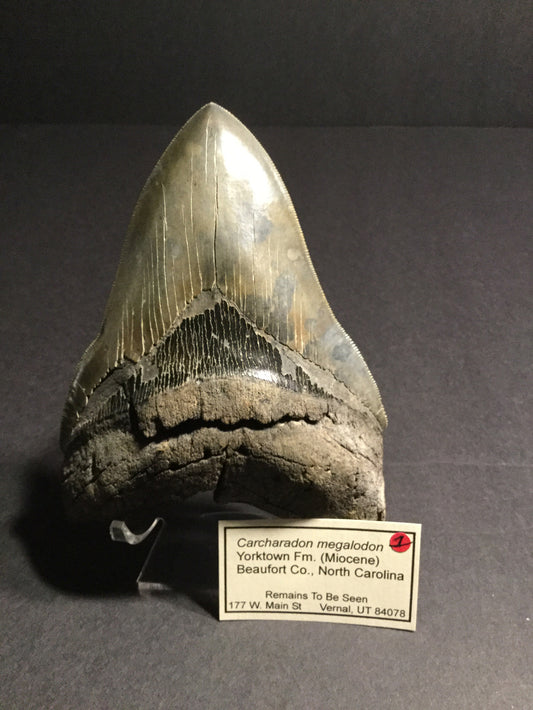
Welcome to Fossil Avenue
Genuine Fossils
Our Process
About our products
Check out our selection of genuine fossils for sale. Many of the specimens that you will see here are collected and prepared by Fossil Avenue. We offer a large selection of top quality fossils for sale that include vertebrate fossils, invertebrate fossils, and plant fossils. We have been a trusted source of premium specimens for over 40 years. Our offerings are suitable for museums, collectors, or special gifts. Our preparation is expert. We hope you will enjoy browsing our collection.
Quick Links To Fossils
Shop our top categories
-

Vertebrate Fossils
A "vertebrate fossil" refers to the preserved remains of an animal with...
-

Invertebrate Fossils
Invertebrate fossils are the remains of animals without backbones that have been...
-

Fossil Plants
Plant fossils are the preserved remains of ancient plants, and can include...
-

Fossils Under $50
Any vertebrate fossils, invertebrate fossils, plant fossils, and minerals under $50
Featured Fossils
-
Eocene Green River Undescribed Seeds P-PCM-16-040
Regular price $85.00 USDRegular priceUnit price / per -
Eocene Green River Winged Fruit P-GRP2-16-016
Regular price $75.00 USDRegular priceUnit price / per -
Solnhofen Dendrite M-D-16-004
Regular price $350.00 USDRegular priceUnit price / per -
Jurassic Morrison Allosaurus Tooth VF-JC-24-013
Regular price $850.00 USDRegular priceUnit price / per -
Mazon Creek Fern P-MC-16-020
Regular price $20.00 USDRegular priceUnit price / per -
Eocene Green River Unidentified Leaf P-PCM-16-007
Regular price $125.00 USDRegular priceUnit price / per -
Eocene Green River Guava Fruit P-GR-16-019
Regular price $225.00 USDRegular priceUnit price / per -
Eocene Green River Robber Fly IF-PCM-16-080
Regular price $135.00 USDRegular priceUnit price / per -
UK Ammonite Hoploscaphites IF-UKA-17-001
Regular price $750.00 USDRegular priceUnit price / per -
Carcharadon Shark Tooth VF-ST-16-001
Regular price $1,100.00 USDRegular priceUnit price / per

















